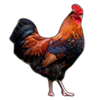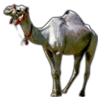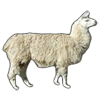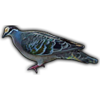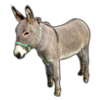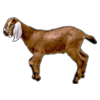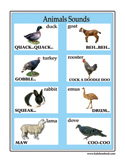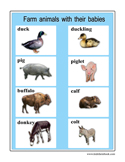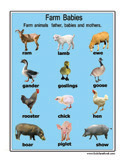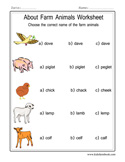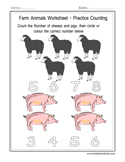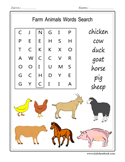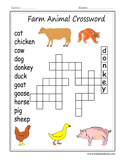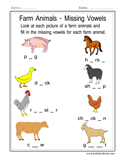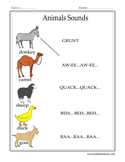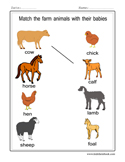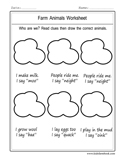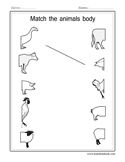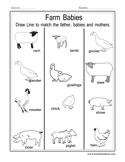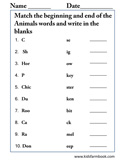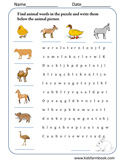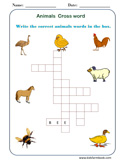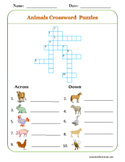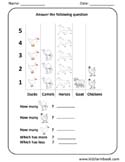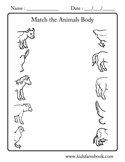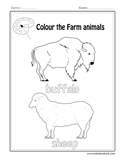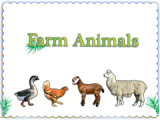DESCRIPTION:
Domestic sheep (Ovis aries) are quadrupedal, ruminant mammals typically kept as livestock. Like all ruminants, sheep are members of the order Artiodactyla, the even-toed ungulates. Although the name "sheep" applies to many species, in everyday usage it almost always refers to Ovis aries. Numbering a little over 1 billion, domestic sheep are the most numerous species in their genus.
Domestic sheep are relatively small ruminants, usually with a crimped hair called wool and often with horns forming a lateral spiral. Domestic sheep differ from their wild relatives and ancestors in several respects, having become uniquely neotenic as a result of man's influence. A few primitive breeds of sheep retain some of the characteristics of their wild cousins, such as short tails. Depending on breed, domestic sheep may have no horns at all (polled), or horns in both sexes (as in wild sheep), or in males only. Most horned breeds have a single pair, but a few breeds may have several.
Another trait unique to domestic sheep (as compared to wild ovines, not other livestock) is their wide variation in color. Wild sheep are largely variations of brown hues, and variation with species is extremely limited. Colors of domestic sheep range from pure white to dark chocolate brown and even spotted or piebald.
Depending on breed, sheep show a range of heights and weights. Their rate of growth and mature weight is a heritable trait that is often selected for in breeding. Ewes typically weigh between 45 and 100 kilograms (99 and 220 lb), and rams between 45 and 160 kilograms (99 and 350 lb). Mature sheep have 32 teeth.
For the first few years of life it is possible to calculate the age of sheep from their front teeth, as a pair of milk teeth is replaced by larger adult teeth each year, the full set of eight adult front teeth being complete at about four years of age. The front teeth are then gradually lost as sheep age, making it harder for them to feed and hindering the health and productivity of the animal. For this reason, domestic sheep on normal pasture begin to slowly decline from four years on, and the average life expectancy of a sheep is 10 to 12 years, though some sheep may live as long as 20 years.
Sheep and goats are closely related as both are in the subfamily Caprinae. However, they are separate species, so hybrids rarely occur, and are always infertile. A hybrid of a ewe and a buck (a male goat) is called a sheep-goat hybrid, and is not to be confused with the genetic chimera called a geep. Visual differences between sheep and goats include the beard and divided upper lip unique to goats. Sheep tails also hang down, even when short or docked, while the short tails of goats are held upwards. Sheep breeds are also often naturally polled (either in both sexes or just in the female), while naturally polled goats are rare (though many are polled artificially). Males of the two species differ in that buck goats acquire a unique and strong odor during the rut, whereas rams do not.
|


